Affiliate links on Android Authority may earn us a commission. Learn more.
The complete guide to ultrawide camera phones
Published onFebruary 26, 2024
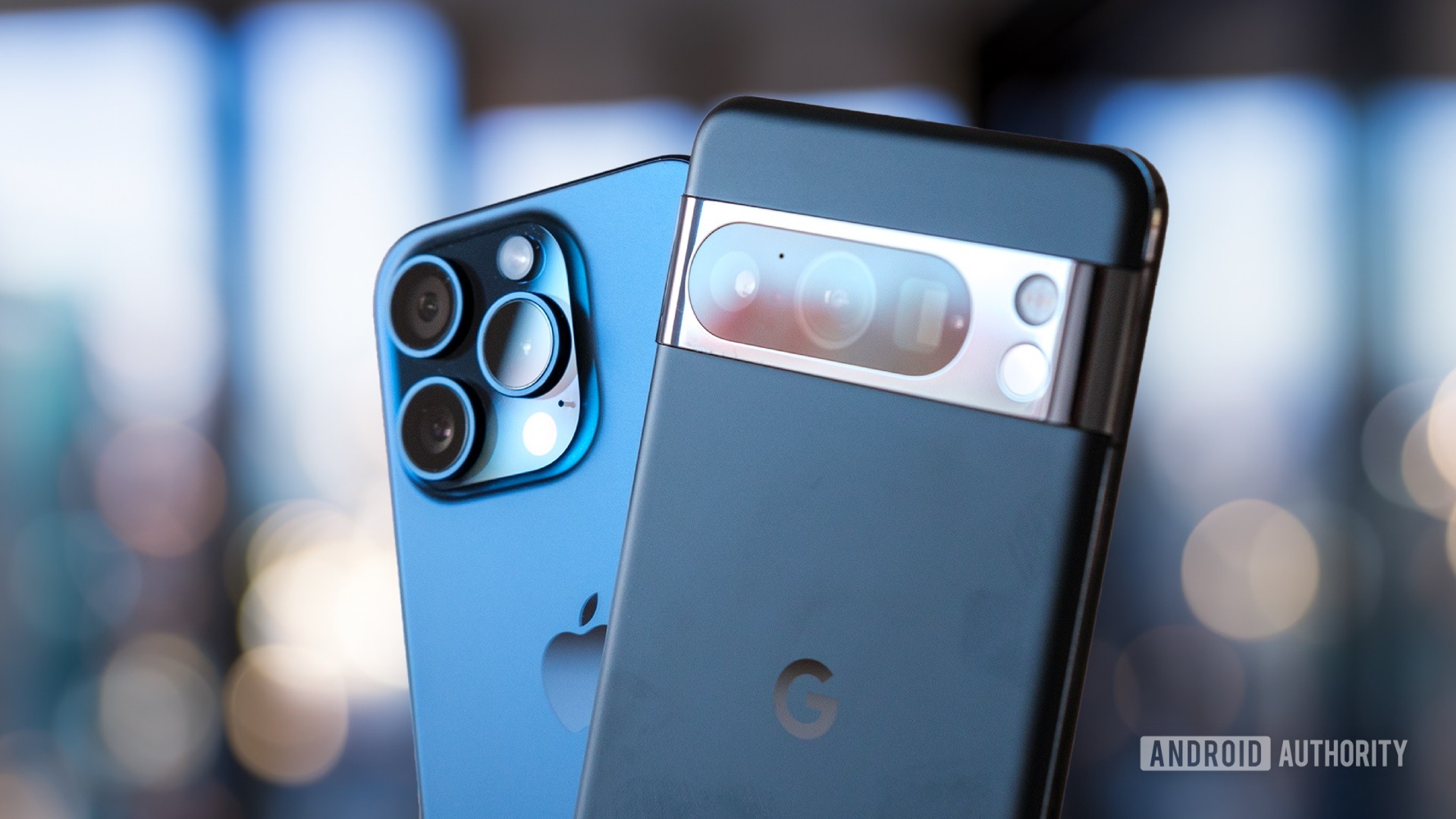
Plenty of great phones have ultrawide cameras now, but the best of the bunch deliver far more than just a wider field of view. In fact, an ultrawide perspective is only one part of the equation when it comes to delivering a great wide-angle experience.
So, what should you be looking for if you want a camera phone with a great ultrawide shooter? We’ve got you covered with our guide to the technology.
What is an ultrawide camera anyway?
Today’s primary rear cameras on smartphones are also known as wide cameras. They offer a field of view that’s wider than traditional digital cameras. For example, the Samsung Galaxy S24 has a 50MP primary camera with a field of view (FoV) of roughly 85 degrees. Meanwhile, ultrawide cameras go even wider than that, with the S24’s ultrawide sensor offering a 120-degree FoV.
This wider field of view allows you to cram more into your picture and is also more in line with what your eyes see. Check out the difference between the Samsung Galaxy S23 main (left) and ultrawide shots below.
One downside to ultrawide cameras is that many of them suffer from fish-eye lens distortion. Those with an extremely wide field of view (~120 degrees or higher) usually have more pronounced distortion in this regard. For example, straight lines at the edges of a photo can appear curved, while people on the periphery can look squashed or have abnormally shaped features. Nevertheless, some people like this distortion because it gives images a look akin to a GoPro.
Check out an example of distortion below, with the left-hand side of the door taking on a warped appearance. This photo was taken with the 2019-era Xiaomi Mi 9T Pro, with the distortion correction toggle off.
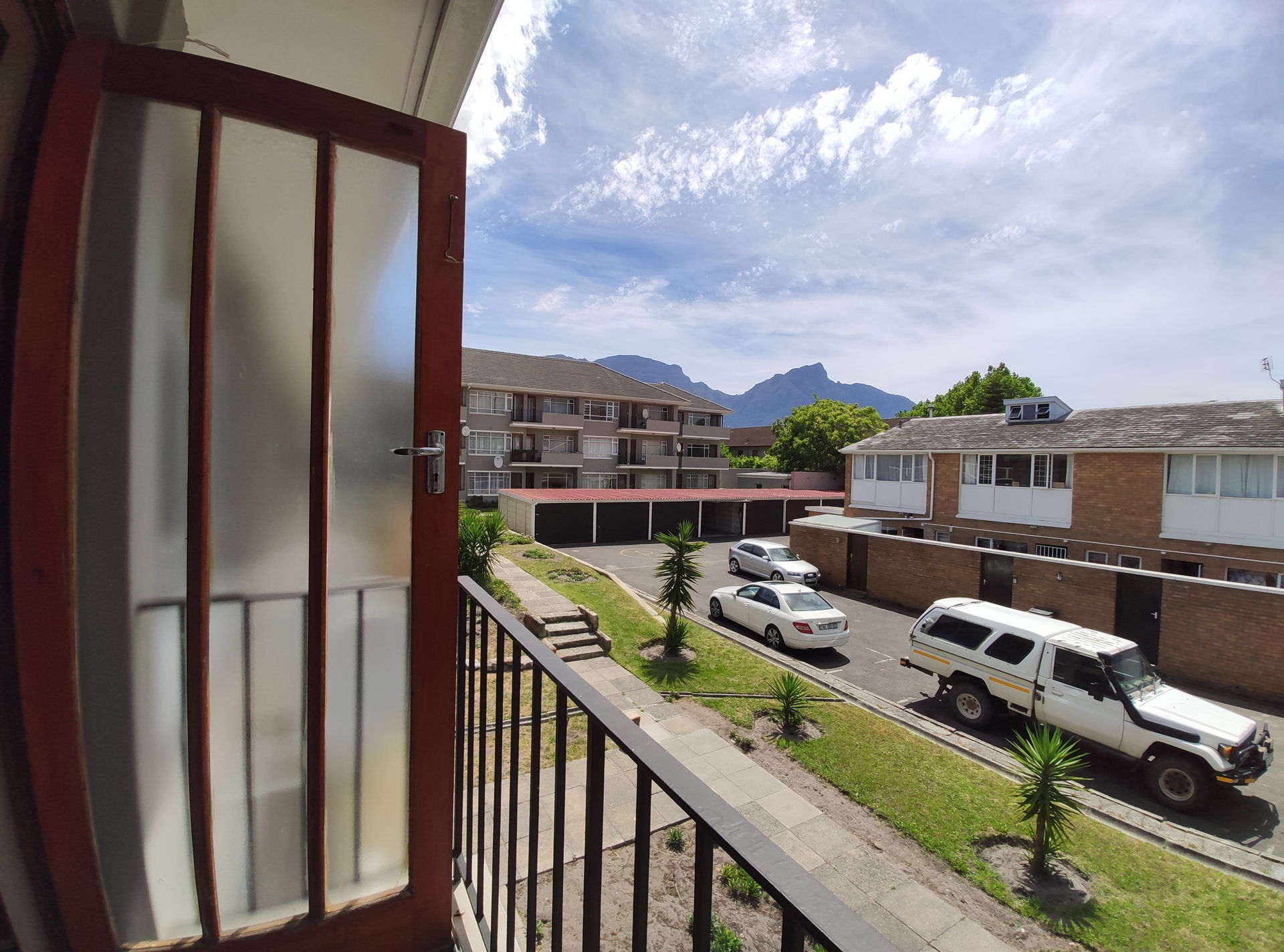
It’s tough to create ultrawide lenses that avoid this distortion. The light is essentially being bent by the lens near the edges to capture as much of the scene as possible. Many manufacturers try to correct it via a software algorithm or by simply cropping the distorted edges out of the final image, commonly activated via a toggle in the camera app.
Some companies like Google, HUAWEI, and OPPO have previously opted for a narrower field of view in the first place (~110 degrees and lower). This way, you still have a sensor capable of capturing more than a typical phone camera, but distortion is reduced compared to traditional ultrawide sensors. Of course, dialing things back too far can mean you’re left with an ultrawide shot that isn’t all too different from the main camera.
Another solution we’ve seen in the last few years is a so-called free-form lens that uses an asymmetrical design compared to more conventional camera lenses. This ultrawide camera lens can be found on 2021’s OnePlus 9 series, and the company has compared them to progressive lenses used in spectacles.
What makes a good ultrawide camera?
Now that we know what an ultrawide camera is and how field-of-view works, let’s take a closer look at the ingredients you need for a great ultrawide shooter.
The right amount of megapixels
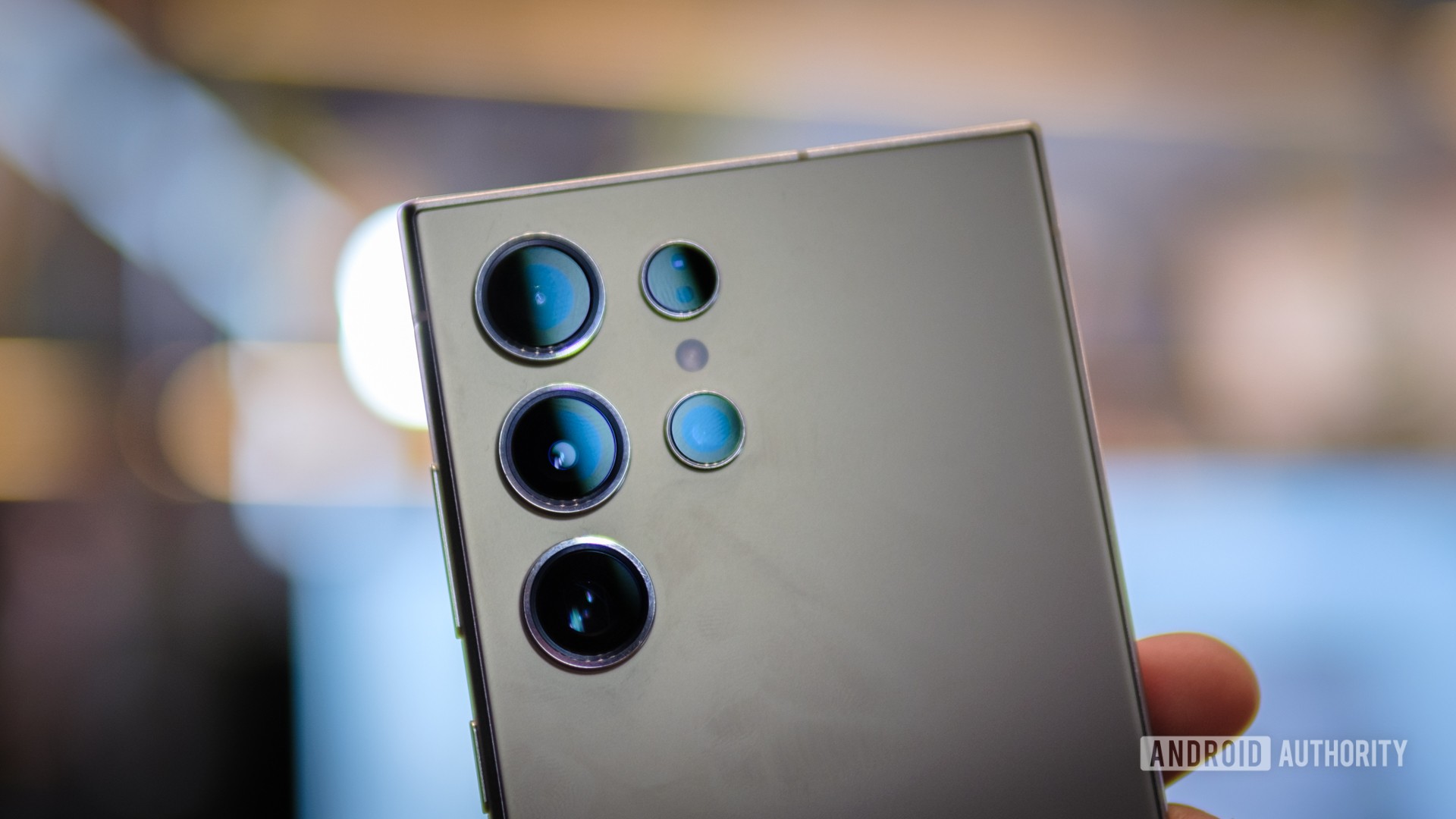
Megapixels aren’t the number one factor for determining ultrawide image quality, but they’re still a significant consideration. They are particularly important if you plan to print ultrawide snaps, or if you simply want to crop into an ultrawide image.
We generally see the best ultrawide cameras on the market opt for no less than 12MP for decent results, but this number can go up to 50MP or more. We’ve also seen 5MP ultrawide sensors on older low-end phones that will do an okay job in ideal conditions. However, they often lack detail and tend to fall apart in dark scenes quickly. A 5MP ultrawide camera also means you’re going to be limited to 1080p for ultrawide video recording since 4K recording requires 8MP or higher. But mid-rangers typically opt for an 8-12MP ultrawide camera these days.
We’ve also seen a trend towards cramming plenty of megapixels into an ultrawide camera, with some phones reaching as much as 50MP or 64MP. All those megapixels can result in tiny photo sites, used to capture light. However, small photo sites mean less light is being captured, which theoretically means poor low-light ultrawide shots. Fortunately, OEMs often use a technique called pixel binning to churn out lower-resolution yet cleaner images, especially at night.
More recently, some manufacturers have also been taking advantage of post-processing, AI, and other software enhancements to improve image quality across the board. Of course, this includes ultrawide shots.
Color consistency
Another critical factor in a good ultrawide camera experience is simple consistency in terms of color reproduction (and dynamic range) between the main camera and the ultrawide lens. Many budget phones, and even some flagship models, lack consistent colors between the two cameras, resulting in photos that can look overly saturated with the ultrawide shooter but washed out with the primary camera, or vice-versa. Check out the example above for color profiles that don’t quite remain consistent.
The main reason for this discrepancy tends to be a difference in lenses, aperture, sensor size, software enhancements, and more. These differences affect the light-gathering capabilities, color capture of each camera, and the applied edits. Taking a one-size-fits-all approach to image processing is, therefore, not ideal. It requires significant work on the part of OEMs to ensure consistency between the two cameras. Unfortunately, some brands lack the resources, time, and/or will to do the legwork.
Autofocus
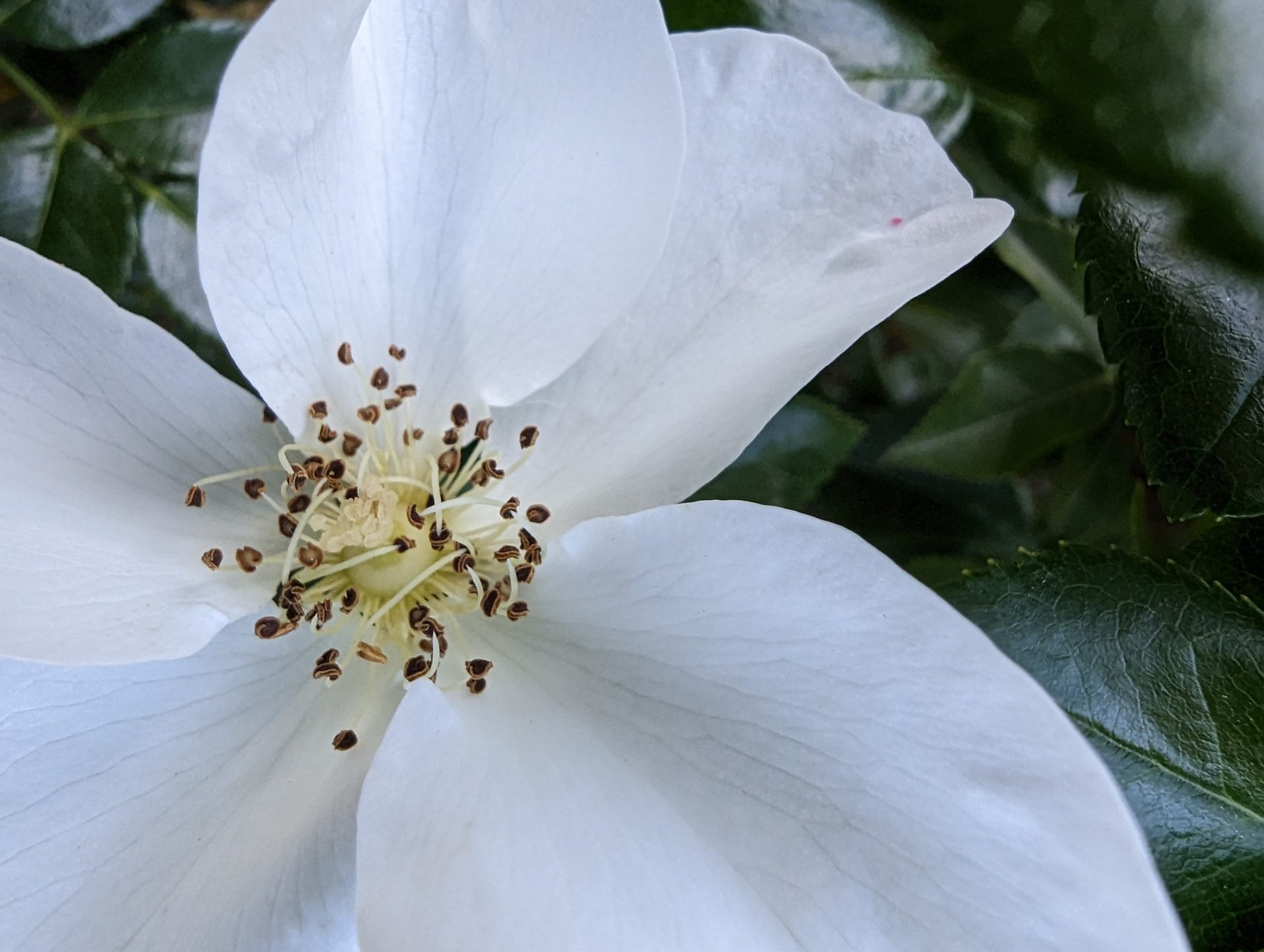
One of the features I tend to look for on ultrawide mobile cameras is autofocus. You’d be surprised how many brands don’t include this option. Even the Pixel phones lacked this option, too, until the Pixel 7 Pro. Thankfully, it’s becoming more common these days.
The main reason you’d want autofocus on your ultrawide camera is that it opens the door for macro shots with no dedicated macro camera. This way, you can take extreme close-up images without relying on a cheap, fuzzy, dedicated 2MP macro sensor.
Macro shots via the ultrawide camera are also of a far higher resolution than your typical macro lens, enabling you to crop in even further. The shot above was taken with the Pixel 7 Pro’s ultrawide lens using macro mode. Not too bad, right?
Autofocus on an ultrawide camera also makes for a more flexible camera in general. It allows you to treat the ultrawide lens more like a regular camera, focusing on the foreground or the background as you see fit. Want to take a photo of some flowers with a mountain in the background? Or vice-versa? You can take both if you have autofocus on your wide-angle sensor, as the samples above show.
Autofocus is becoming common on flagship phones with ultrawide cameras, but there are few brands that haven't embraced this feature yet.
Phones with fixed-focus ultrawide cameras don’t give you the benefit of tapping to focus anywhere. Tapping usually only adjusts the exposure. Instead, your phone can only focus on objects/subjects far away or landscapes and other backgrounds.
Having autofocus can also yield better ultrawide images in general, as the camera is able to properly focus on the desired scene instead of just taking a fixed-focus shot that might end up looking soft.
Low light
Smartphone cameras have made major strides in low-light performance in the last few years, but this hasn’t extended to the ultrawide rear camera in precisely the same way. Instead, it’s still somewhat common to find a major difference in quality between main and ultrawide cameras when the sun goes down. This is largely due to the fact that primary or main smartphone cameras tend to offer wider apertures, larger sensors, bigger pixels, and/or pixel binning in order to deliver better low-light performance. Though we have seen improvements in this regard, there’s still a quality gap.
Another increasingly common tool used by OEMs today is the ever-popular night mode. The likes of Google, Samsung, Xiaomi, vivo, and others have offered night mode on the ultrawide camera for several generations now. The combo of night mode and an ultrawide camera can struggle in the darkest environments, but it can definitely make a difference when the scene is just a little too dark. Check out the night mode on the aging LG V60’s ultrawide camera above, with the standard shot on the left and the night mode snap on the right.
The different types of ultrawide video
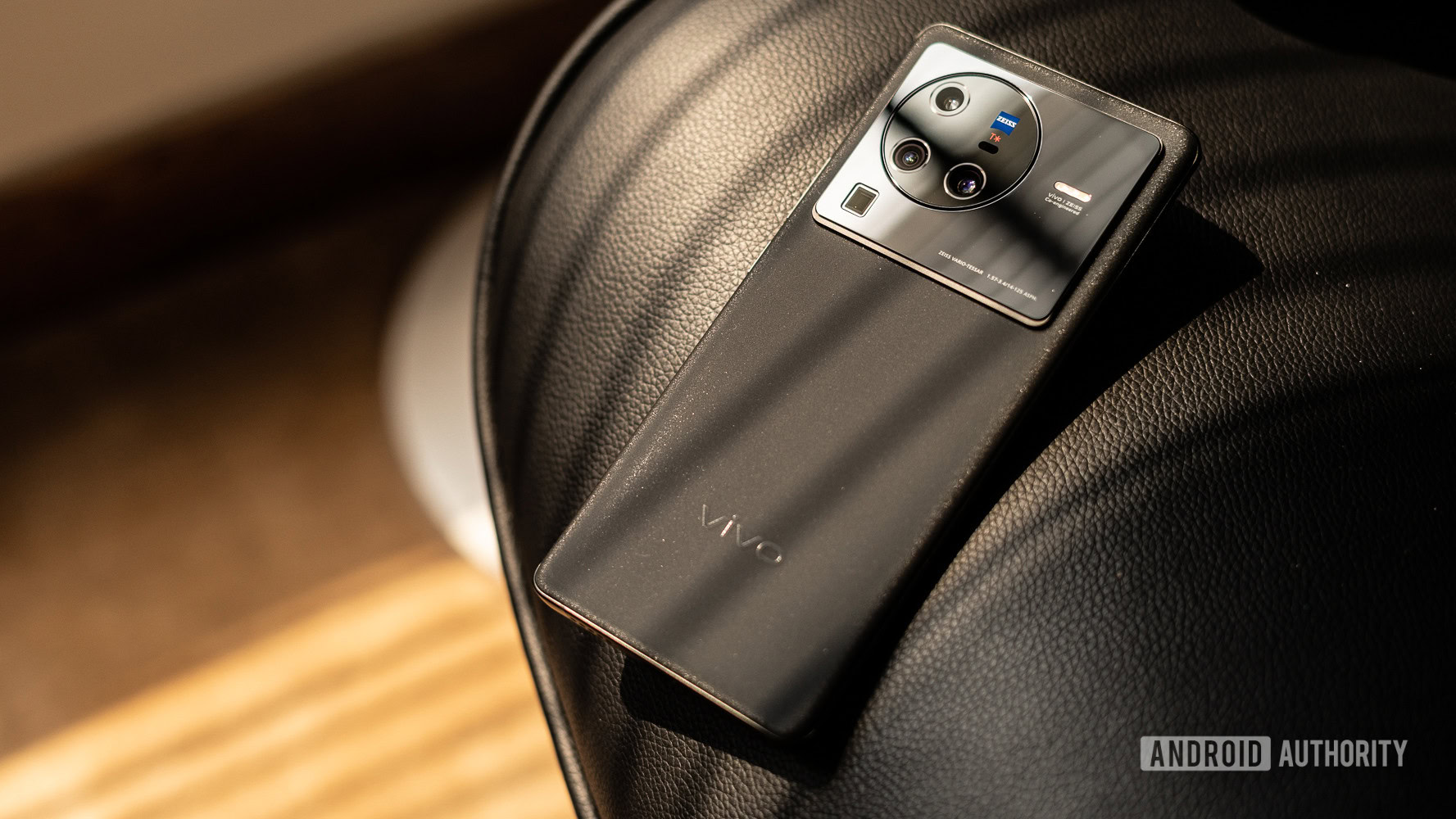
Ultrawide cameras are capable of video recording, too. The wider perspective means you aren’t likely to notice judder as often as with the main camera or a telephoto lens.
We’ve also seen the likes of Samsung, OPPO, Xiaomi, and others offer a so-called Super Steady or Steady Cam mode, filming video via the ultrawide camera but cropping in. This serves as a form of electronic image stabilization. Some have even taken this mode a step further by adding optical image stabilization to the mix for even smoother video.
Ultrawide cameras are the foundation behind the Super Steady video modes seen on modern smartphones.
Meanwhile, vivo has adopted a so-called micro-gimbal camera system on the ultrawide camera of some flagships, combining this hardware with smart software to offer even smoother video than Super Steady modes. In fact, several vivo flagships have a so-called Horizon Line stabilization mode that can keep the horizon level even when the phone is tilted by 45 degrees or more.
We’ve also seen some older phones doing interesting video-related things with ultrawide cameras. 2020’s HUAWEI P40 Pro phones touted 16-in-one pixel-binning on their 40MP wide cameras to capture brighter video in low-light conditions. There’s also the Motorola One Action and LG Wing. These phones packed an ultrawide camera that’s devoted to video alone, although LG also included a second ultrawide camera for photos. But ultrawide features like this haven’t been common in the last few years.
It’s also worth noting that few ultrawide cameras actually record in 8K right now. That’s because a camera needs to be 33MP or higher to support 8K. Even phones from HUAWEI, OPPO, vivo, and OnePlus that do have high-resolution cameras often lack 8K recording via their ultrawide cameras.
The best ultrawide camera phones
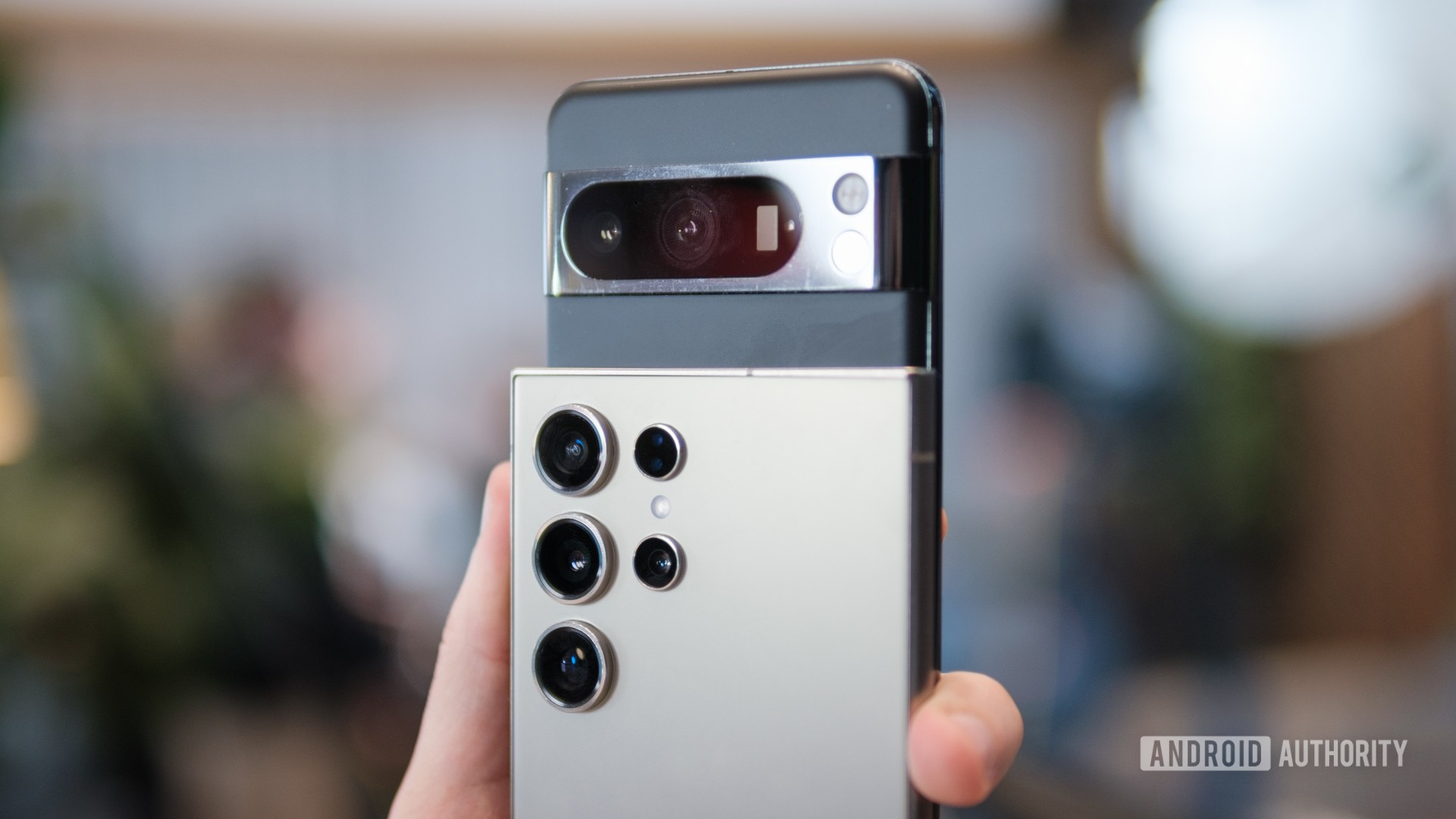
We have a variety of smartphones with great ultrawide cameras within our reach now, generally offering consistent color profiles, autofocus, great detail, good night-time capabilities, and all the other important factors detailed above. Here are our favorite picks.
- Google Pixel 8 Pro ($999 at Amazon): The Google Pixel 8 Pro brings a 48MP ultrawide camera with an expansive 126-degree field-of-view and autofocus. The rest of the phone is pretty swell too, owing to a QHD+ OLED screen, IP68 rating, great zoom, and Pixel-exclusive software features.
- OnePlus 12 ($899.99 at Amazon): OnePlus’ flagship brings a 48MP ultrawide camera with autofocus and a 114-degree field-of-view. That’s not the widest camera on the list, but we were still happy with the results. It’s also relatively more affordable than its direct competitors.
- Vivo X100 Pro (₹89999 at Flipkart): The Vivo X100 Pro is hard to get in western markets, but we were very impressed by its ultrawide camera. It’s also gorgeously designed, offers excellent performance, and packs an overall great experience.
- Samsung Galaxy S24 Ultra ($1419.99 at Amazon): The Galaxy flagships maintain the 12MP ultrawide camera seen on the previous three generations of phones, offering a 120-degree field-of-view and 1.4-micron pixels for decent low-light results. Unfortunately, only the Ultra model gets autofocus/macro capabilities, which is why we picked it.
- Apple iPhone 15 Pro series ($1199 at Amazon): We know there are plenty of Apple aficionados here, and if you’re to go with an Apple smartphone with great ultrawide results, you should go with the iPhone 15 Pro or iPhone 15 Pro Max. These have 12MP sensors, a 120-degree field of view, an f/2.2 aperture, and autofocus. Sadly, the iPhone 15 and iPhone 15 Plus lack autofocus, and have an f/2.4 aperture.
Do you love ultrawide cameras? Share your thoughts and any ultrawide photography tips in the comments!